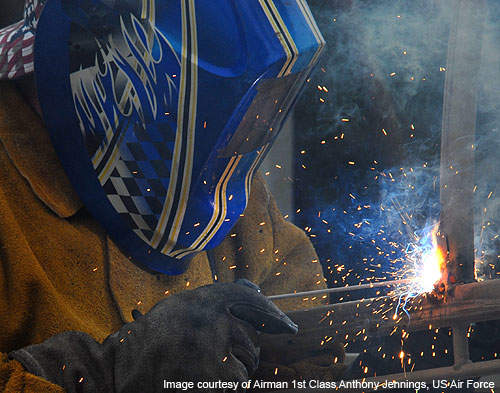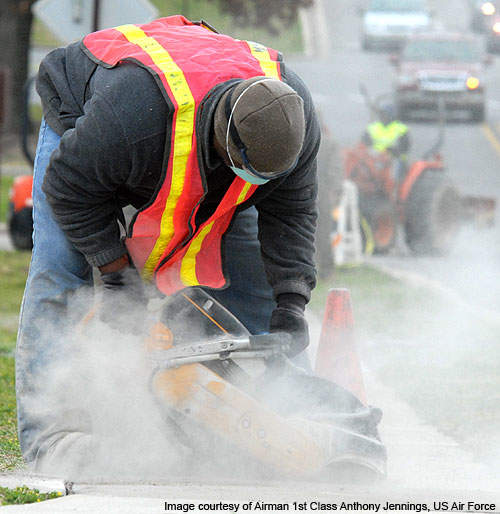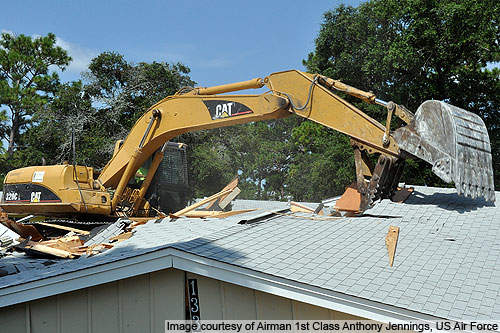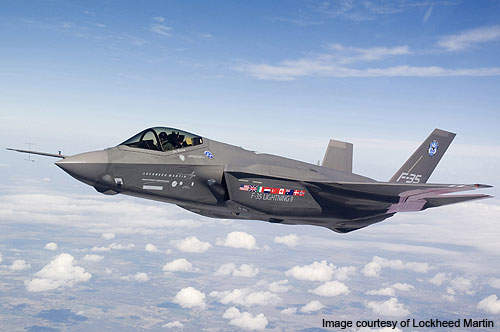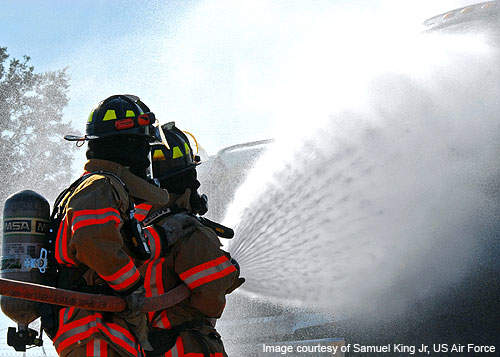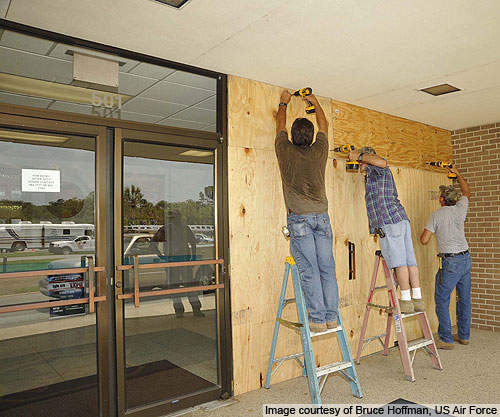Eglin Air Force Base (EAFB) is a military training base located 4.8km south-west of Valparaiso, Florida, US. Built on a 463,128-acre site, the base was opened in June 1935. EAFB is owned and operated by the United States Air Force (USAF).
The base offers gunnery training to the fighter pilots of the USAF. It also serves as a testing centre for aircraft, equipment and tactics. An integrated training centre for the F-35 joint strike fighter was inaugurated at the base in August 2011. Its initial operational capability (IOC) is scheduled for 2014.
Eglin base history
The US Army Air Corps made a survey in 1931 at sparsely populated forested areas of Valparaiso and Gulf of Mexico regions to establish an aerial bombing and gunnery school. The base was built as the US Army Air Corps Bombing and Gunnery Base in June 1935.
It was later redesignated Eglin Field in August 1937. The base was named after an A-17 pursuit aircraft martyr, Lt Col Frederick Irving Eglin. It was again renamed as Eglin Field Military Reservation in October 1940. Eglin played a prominent role in Operation Crossbow during January 1944 by destroying the German missile launching facilities. The base was finally designated as Eglin Air Force Base in June 1948.
Eglin design and construction
A Works Projects Administration (WPA) contract worth $64,842 was sanctioned by President Franklin Roosevelt in August 1940 for placing and sponging a road to the machine gun range. A Civilian Conservation Corps (CCC) camp was developed in November 1940 to accommodate 1,000 CCC workers involved in the base construction.
The water, sewage, electrical facilities, pavements, roads, parking lot, landscaping and sewage disposal plant were built and installed in April 1941 at a cost of $202,536.
Miller Construction Company built 100 units for civil service employees and enlisted personnel as part of the contract awarded on 5 May 1941 by the Federal Works Agency. Construction began on 8 May 1941 and was completed in November 1941.
The base is also built with a number of auxiliary fields which are used to accommodate various roles including flight operations support. McKinley Climatic Laboratory was developed in May 1947.
The Air Force Armament Center (AAC), the centre point for all the US Air Force armaments, was built at the base in 1950. AAC is used to develop, acquire, examine, deploy and sustain all air delivered weapons. AAC achieves its mission through the 46th Test Wing (TW), 96th Air Base Wing (ABW) and the 308th Armament Systems Wing (ASW). The base’s rail road spanning a total of 45 miles commenced operations in February 1952.
Bendix constructed and installed a large AN/FPS-85 Space Track Radar in the base in October 1962. The first phased-array radar system is used for sleuthing and tracking objects in space. The system comprises 5,134 transmitters, 4,660 receivers and three computers. The radar system was initially used to track objects in the Earth’s orbit. The system was later equipped with new software in 1975, allowing it to track submarine-launched ballistic missiles.
Eglin base garrison facilities
The base serves as the headquarters for 96th Air Base Wing delegated to the Air Force Materiel Command (AFMC). It also houses Air Armament Center (AAC), 46th Test Wing (46 TW), 33rd Fighter Wing (33 FW), 58th Fighter Squadron, 60th Fighter Squadron, 53rd Wing (53 WG), 49th Test and Evaluation Squadron,308th Armament Systems Wing (308 ASW) and Air Force Reserve Command MQ-1 Remote Split-Operations (RSO) squadron.
Other tenant units stationed at the base include 919th Special Operations Wing (919 SOW), 20th Space Control Squadron (20 SCS), 6th Ranger Training Battalion (6th RTB), Naval School of Explosive Ordnance Disposal (EOD), The Joint Fires Integration and Interoperability Team (JFIIT), AFOTEC Det 2 and 728th Air Control Squadron.
Eglin’s air facilities
The Butler hangar of 48.7m length and 39.6m width was set up at auxiliary field 3 during 1950s.
The 21,000ft² building features a 4ft roof to accommodate B-17 aircraft. The base has two runways designated 1/19 and 12/30 respectively. The first runway is 3,052m long and is surfaced with asphalt. The second runway is 3,659m long and is surfaced with asphalt or concrete.
RB Tyler and Hyde Construction Co. built a new runway (32/14), which is 3,650m long and 91.44m wide. The base is constructed with 3,657m-long parallel taxiway and parking aprons.
Control tower
The base features an advanced 14 storey air traffic control tower. The new tower replaces the older and less capable tower attached to the King hangar.
Other facilities
The facilities offered by the base for personnel include flying cadets, a mess building, supply rooms, administration buildings, a motor repair shop, theatre and four warehouses.
Other amenities available include dining facilities, training facilities, recreation facilities, medical care facilities, six operations buildings, a link trainer building and a parachute building, office building, a barracks, kitchen and an oil storage building.

